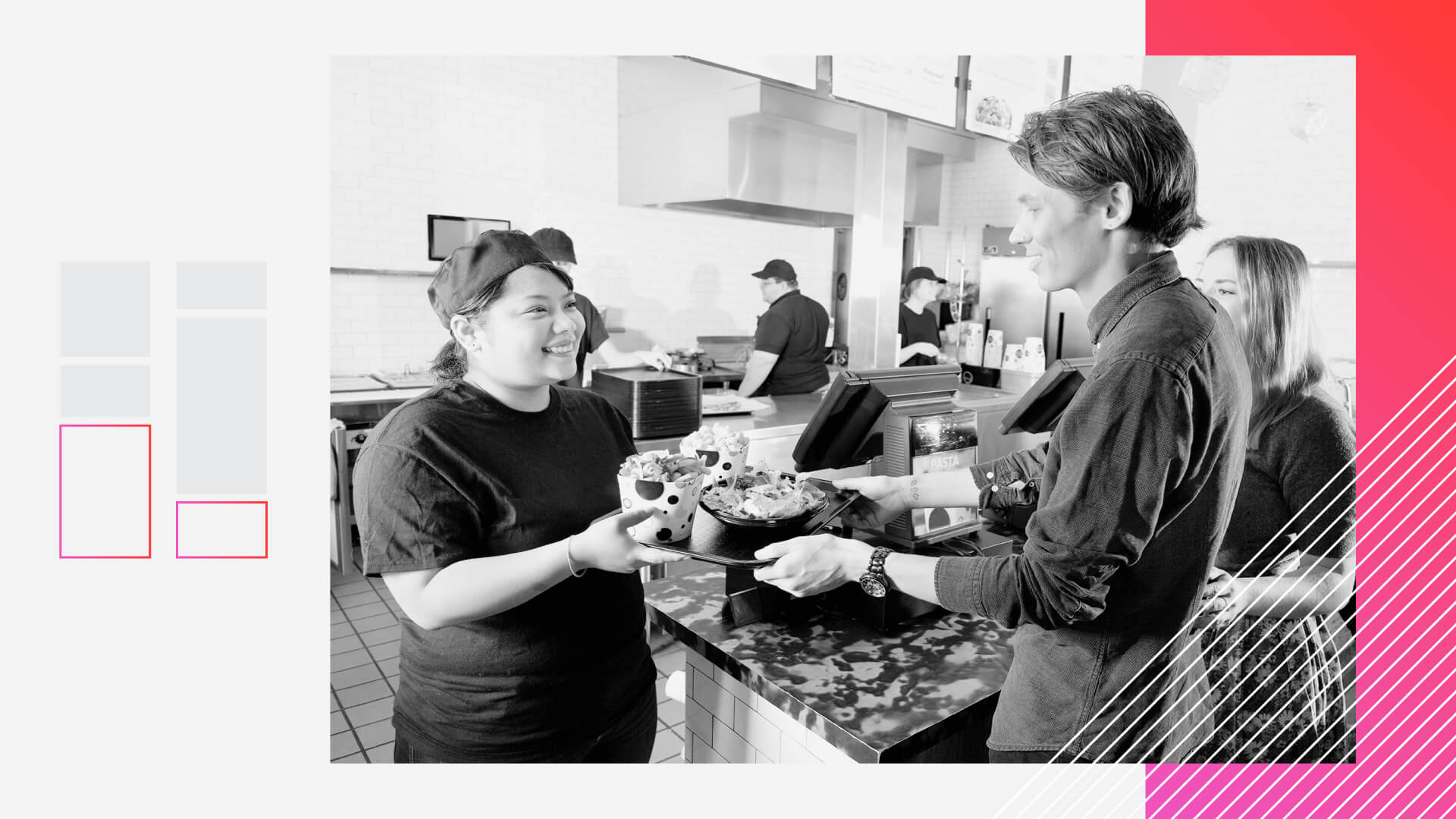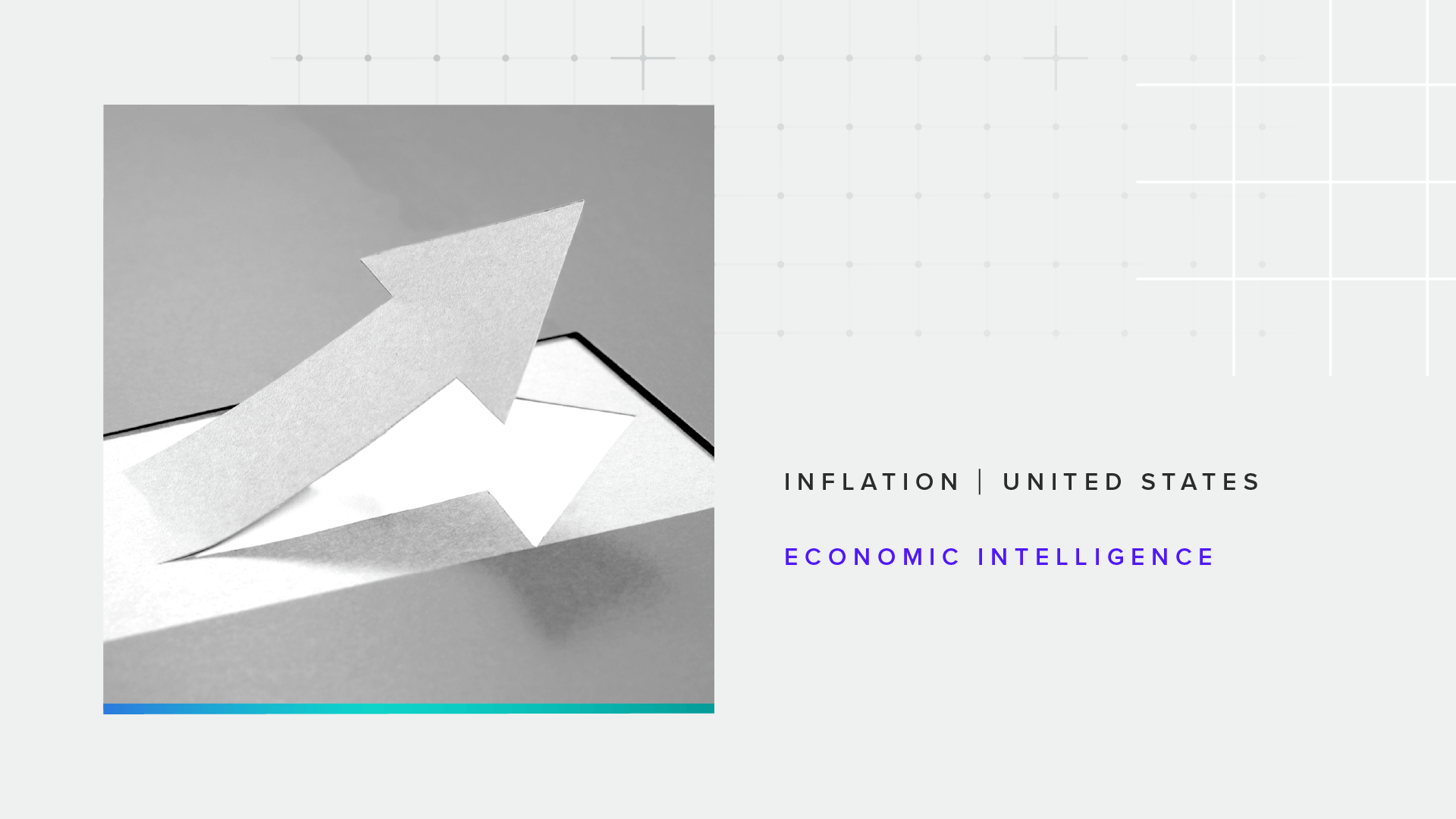How the Fast Food Value Meal Wars are Changing Perceptions of QSRs

Key Takeaways
Despite discounting and value menu promotions, the net value for QSRs is 44.9 percentage points, consistent with the start of 2024.
While fast food restaurants are outperforming fast casual competitors, they also must compete against inflation-driven tendencies to cook at home more frequently, particularly among low-income consumers.
Gen Zers have more negative views of QSRs than other generations, which could present problems as they become a more important audience for fast food restaurants.
Fast food restaurants are such a staple of American culture that the relative strength of currency and inflationary pressures can be linked (though sometimes imperfectly) to the price of a Big Mac. In 2023, so-called Big Mac Inflation was high, with fast food restaurants responding to economic pressures by increasing prices, largely passing the burden of high costs to consumers. But 2024 has been a different story, with the big players highlighting value menu offers designed to increase traffic lost due to price concerns.
With worries of a potential economic downturn freshly heightened, consumers are once again evaluating the way they purchase and consume food, sharpening the focus on what offers good value for their money. Morning Consult data reveals that the discounting approach is not having a major impact on consumer perceptions of QSR chains as a good value, even though it might be driving some increased foot traffic.
Heavy discounting is not changing fast food value perceptions
While fast food restaurants typically do their heaviest discounting in the early months of the year when consumers are trying to cut back after holiday spending, many are changing up their strategies this year. A variety of QSRs have extended deals and even introduced new ones into the summer of 2024 in an attempt to combat lagging foot traffic and sales. Unfortunately, these moves have yet to greatly change consumer perceptions of the industry’s value. The net value, defined as the share of U.S. adults who say a particular brand’s products are a good value relative to their cost minus the share who say they are a poor value, of an aggregate group of QSR restaurants has actually held steady since early 2024. However, that is not the full story. Net purchasing consideration — perhaps a better signal of the potential success of this strategy — is up, albeit only slightly.
Consumers see fast food brands as a better value than fast casual chains

Another positive signal is the fact that quick-serve restaurants are outperforming fast casual chains — a key competitive segment — in each of these metrics. In fact, the net scores for the fast casual group have declined across the board, with a notable drop of nearly 5 points in net value. So while perhaps discounting has not dramatically shifted value perceptions of fast food restaurants, it is deepening the perceived value divide between fast food and fast casual.
QSRs must compete against inflation-driven tendencies to cook at home
Fast casual restaurants are not the only competitor to the big QSR chains. When economic concerns loom, consumers often shift their eating habits, some favoring fewer trips to the grocery store, buying bulk or generic products or cooking at home more often to save money. Notably, while many fast food value menu offers have been positioned as a play to lower-income consumers, they are also the consumer group for whom cooking at home has become increasingly common since the beginning of the year.
The share of low-income adults who say they cooked at home from scratch without a recipe at least once a week climbed as inflation rose throughout 2022, and after beginning to drop in late 2023 as inflation cooled, it began an upward climb again this year, increasing 5 points between February and May.
Low-income consumers cook at home more often when economic concerns are heightened

Notably, the latest data is from May which is before some restaurants widely rolled out their new value offerings. At the same time, it signals an overall behavior shift that may be difficult to change if it becomes entrenched, especially if the economy worsens.
Fast food restaurants have a Gen Z problem
Typically, parents with young children who value the convenience of a quick meal have been a key target for QSRs. However, parental demographics are shifting as more Gen Zers have children of their own, and as this happens, fast food stalwarts face an uphill battle to win their favor.
Compared to other generations, Gen Zers are least likely to say that fast food restaurants are a good value, and they’re also less likely than millennials and Gen Xers to say they’re considering visiting a QSR. And what’s more, both of these metrics have either fallen or remained consistent for this group since the beginning of the year while rising for others — in fact, net purchasing consideration has increased for every generation aside from Gen Zers.
Gen Zers are less likely than older consumers to consider QSR restaurants a good value

In order to connect with this crucial audience, QSRs must look beyond short-term value offers. That may mean continually evolving menu items, as Gen Zers are more likely than others to try new-to-them food and beverage items regularly, seeking novelty and discovery. Or it could also mean leveraging loyalty programs as a way to give Gen Zers early access to new menu items, something they are more likely to show interest in than other generations. Evolving to meet these mindsets and behaviors will position the category for future success with this key consumer group.
Morning Consult Intelligence customers can access the platform here. If you are interested in learning more about our Audience data, reach out to your Morning Consult contact or email [email protected].
Lindsey Roeschke is an analyst whose work focuses on behavior and expectations of consumers in the travel & hospitality and food & beverage categories, particularly through a generational and cultural lens. Prior to joining Morning Consult, she served as a director of consumer and culture analysis at Gartner. In addition to her research and advisory background, Lindsey has more than a decade of experience in the advertising world. She has lived and worked in seven cities across four continents.

